12 Mistakes to Avoid When Visiting Colorado in the Winter
12 Mistakes to Avoid When Visiting Colorado in the Winter
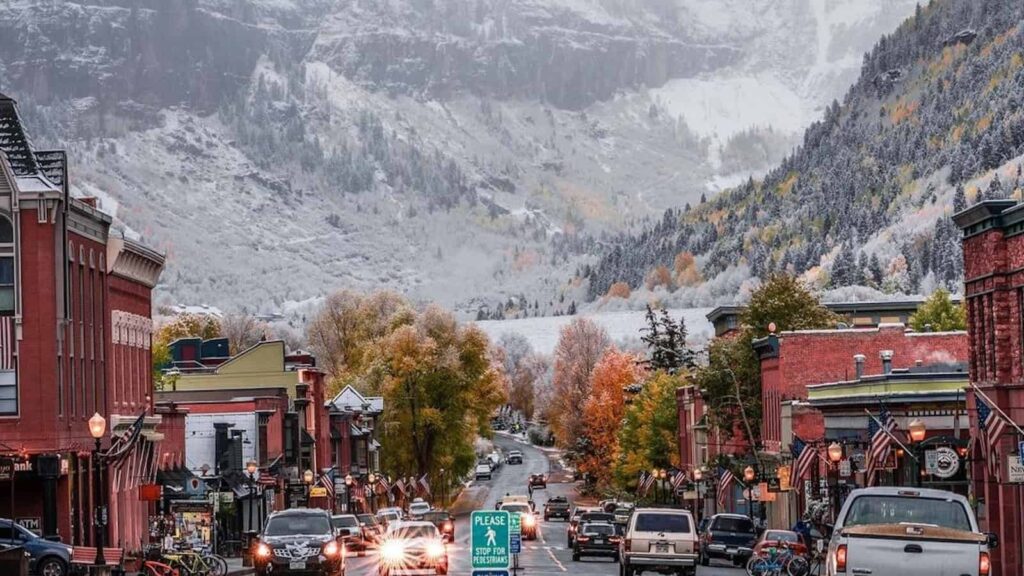
Visiting Colorado in the winter can be a magical experience, with its snowy landscapes and cozy mountain towns. However, the cold season here can also present challenges that may catch some visitors off guard.
To make the most of your trip and avoid common pitfalls, here are some practical tips. From packing the right gear to understanding local weather conditions, these guidelines are aimed to help you enjoy your winter adventure in Colorado without any hitches.
1. Not packing enough layers for unpredictable weather
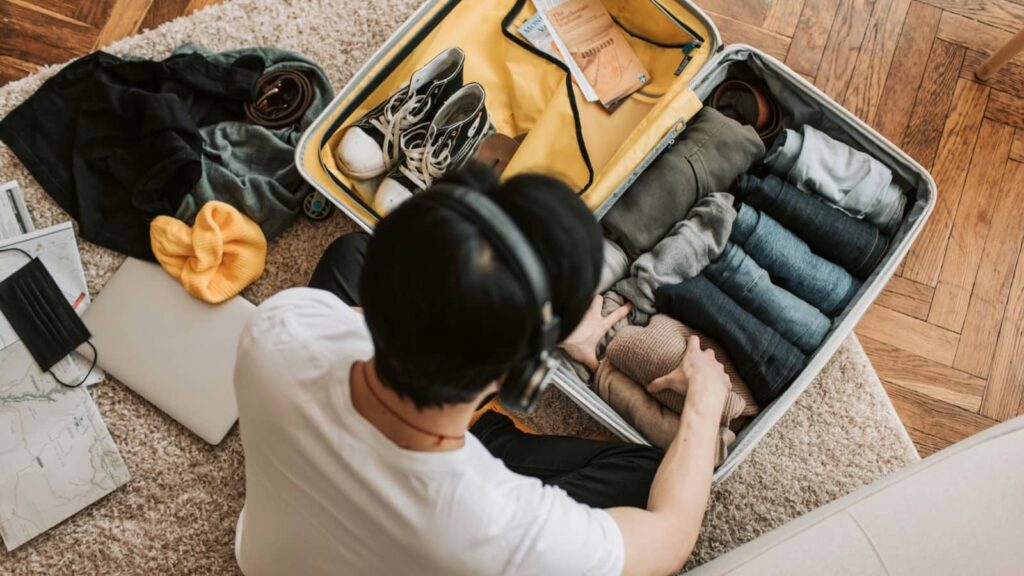
When visiting Colorado in the winter, the weather can change in the blink of an eye. One minute, it’s sunny and crisp; the next, a snowstorm can sweep through, dropping temperatures dramatically. That’s why layering is key.
Start with a moisture-wicking base layer, add an insulating layer like fleece, and top it off with a waterproof outer layer. This setup allows you to adjust your comfort level as the day progresses and temperatures fluctuate, helping you stay warm and dry.
2. Forgetting sunscreen (high altitude means stronger UV rays)
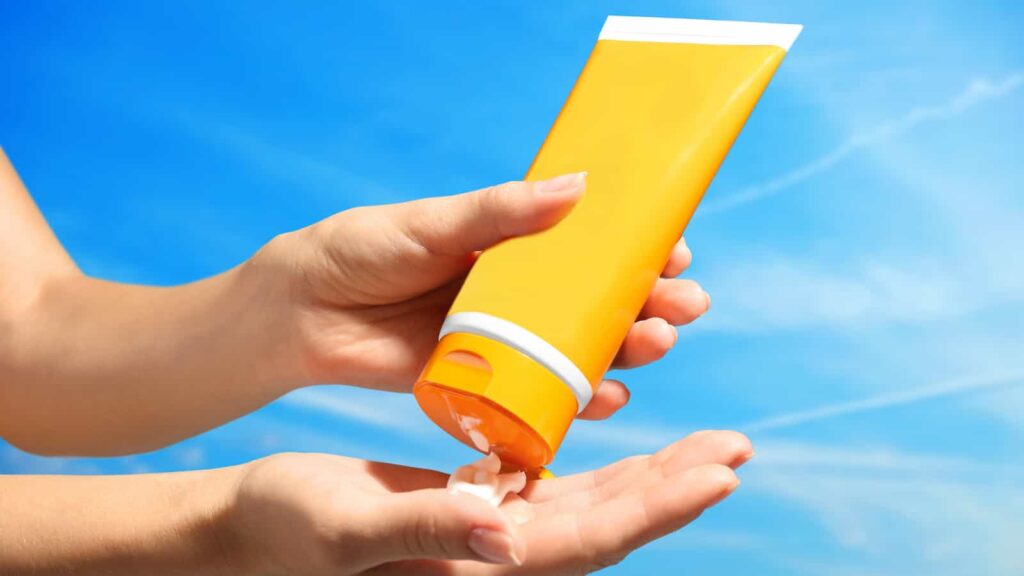
You might not think about sunscreen in the winter, but at high altitudes, UV rays are much more intense. Snow can also reflect up to 80% of UV rays, increasing your exposure.
To protect your skin, apply a broad-spectrum sunscreen with at least SPF 30 to all exposed areas. Don’t forget your lips and the tips of your ears. Reapply every two hours, or more frequently if you’re sweating or touching your face often.
3. Underestimating road conditions and not having proper tires
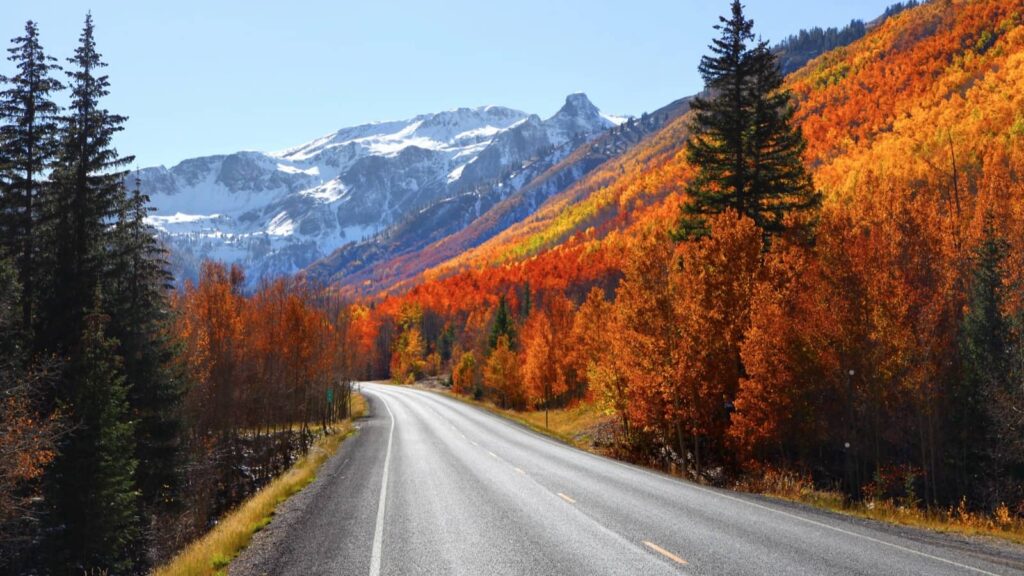
Winter driving in Colorado can be tricky. Roads can be icy and snow-packed, making driving hazardous without the right equipment. Ensure your vehicle is equipped with either snow tires or chains.
It’s also smart to keep an emergency kit in your car including items like a blanket, snacks, water, and a flashlight. Always check the weather forecast and road conditions before heading out.
4. Not acclimating to the altitude before skiing
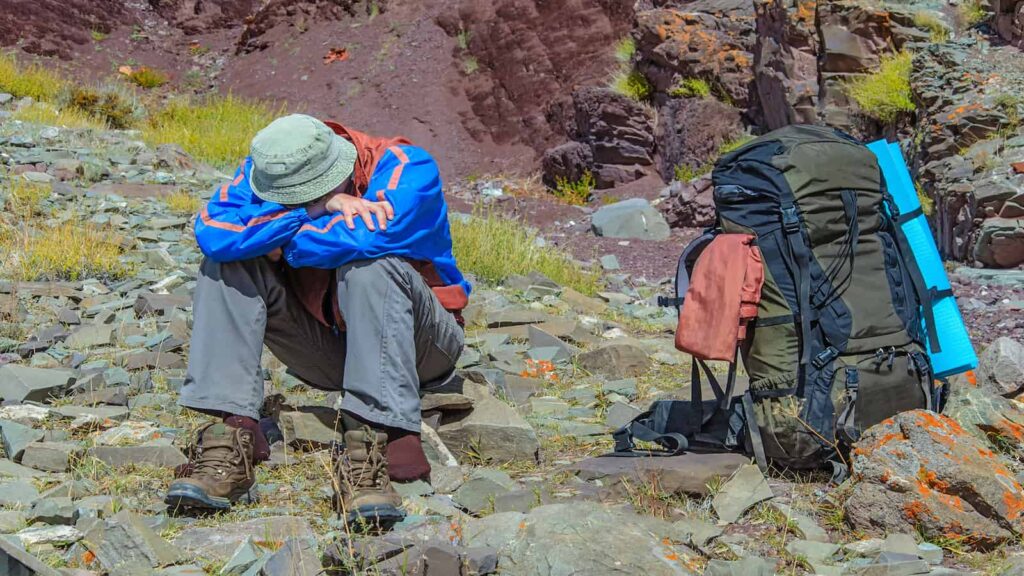
Colorado’s ski resorts are often at high altitudes, and if you’re not used to it, you might experience altitude sickness. Symptoms include headache, nausea, and dizziness. To avoid this, try to spend a day or two at a moderate altitude to let your body adjust before hitting the slopes.
5. Ignoring hydration needs due to the cold

Cold weather often reduces our sense of thirst, but your hydration needs do not decrease. It’s easy to get dehydrated in the dry, cold air, especially at higher altitudes where the body works harder to get oxygen. Drink plenty of water throughout the day, and consider carrying a hydration pack if you’re out exploring.
6. Overpacking heavy winter gear for mild days
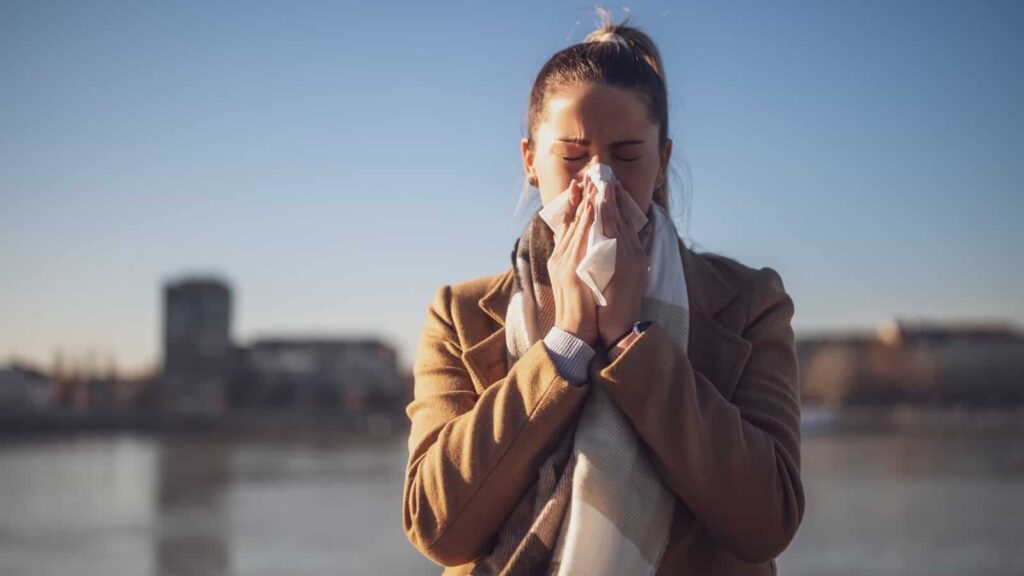
Colorado’s winter weather can be milder than you might expect, particularly on sunny days or at lower altitudes. While it’s essential to have warm gear for cold snaps and evening temperatures, packing a range of options is wise. Include lighter items such as long-sleeve shirts and light sweaters that can be layered under heavier gear when necessary.
7. Failing to book ski passes or rentals in advance
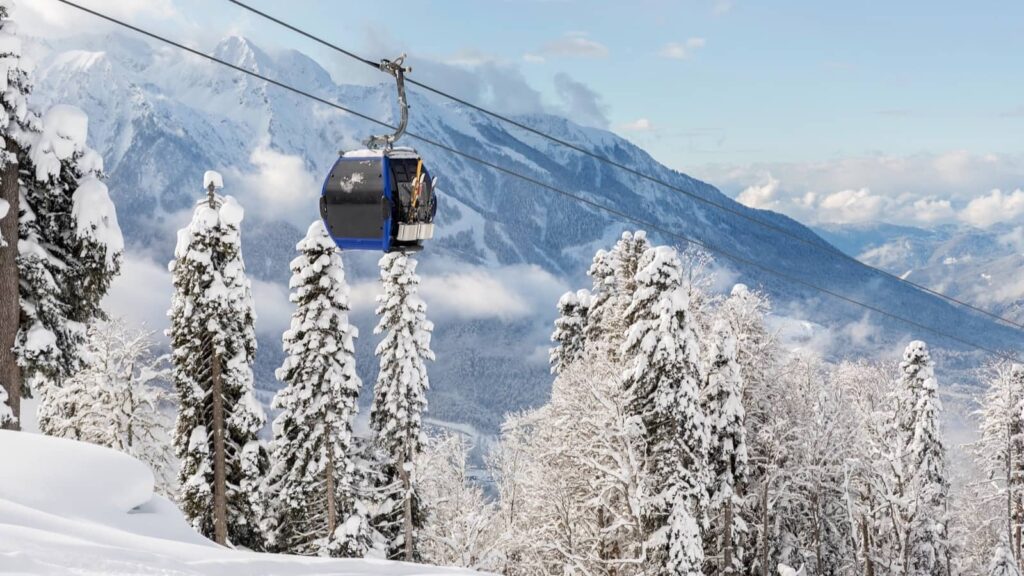
Winter sports are popular in Colorado, and equipment rental and lift tickets can sell out quickly, especially during peak times. Save yourself the stress and often extra cost of last-minute bookings by reserving your ski passes and gear ahead of time.
8. Not respecting avalanche warnings in backcountry areas
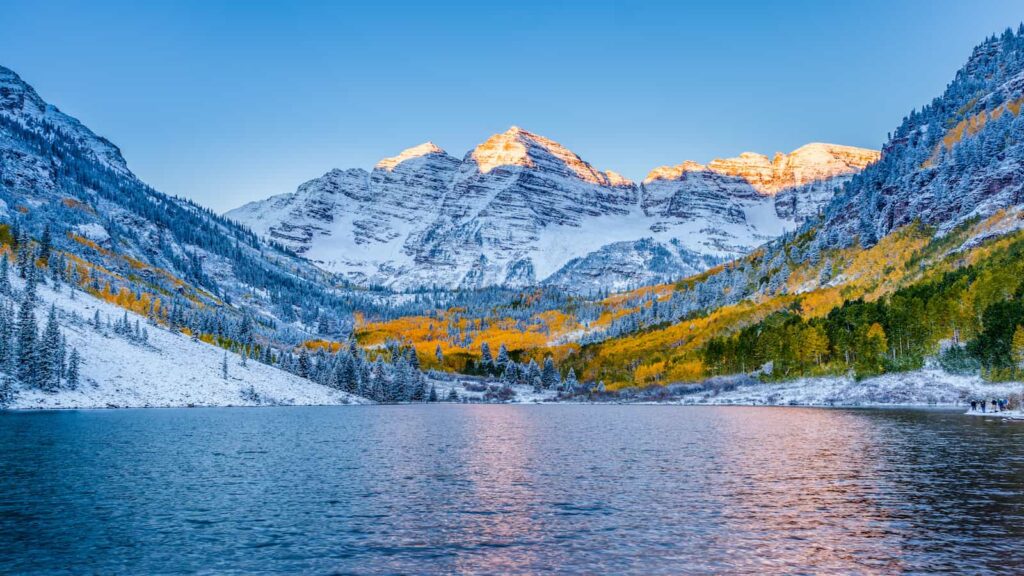
Exploring the backcountry can be an thrilling experience, but it comes with risks, notably avalanches. Always check the local avalanche forecast, stick to safe areas, and consider carrying avalanche safety equipment if you’re venturing into risky zones. Never ignore official warnings.
9. Forgetting to drink enough water at high altitudes

At higher elevations, your body loses water through respiration and increased urination. This can lead to dehydration, which in turn can worsen the effects of altitude sickness and make you feel generally lousy. Make it a habit to drink water regularly throughout the day.
10. Wearing cotton layers that retain moisture

Cotton might feel cozy but it’s a poor choice for base layers as it holds moisture close to your skin, potentially making you feel colder and more uncomfortable. Opt for materials like wool or synthetic fibers that wick moisture away from the body.
11. Forgetting that some trails and roads close in the winter

Many of Colorado’s trails and some roads close in the winter due to heavy snowfall and hazardous conditions. Always check accessibility before planning a visit to a particular spot to avoid disappointment.
12. Not allowing extra travel time due to snow or ice

Winter travel can often take longer than expected. Snowy or icy conditions can slow everything down, from driving to walking around town. Always allow extra time to get to your destination to avoid rushing and enjoy a more relaxed trip.
15 Mistakes To Avoid In National Parks In The USA
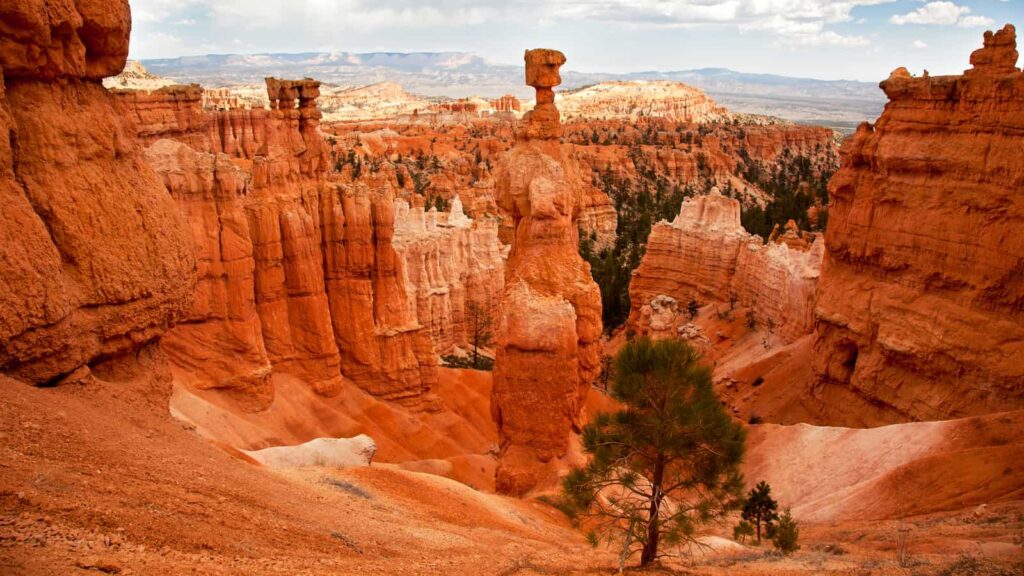
15 Mistakes To Avoid In National Parks In The Usa
16 Mistakes To Avoid On A USA Road Trip
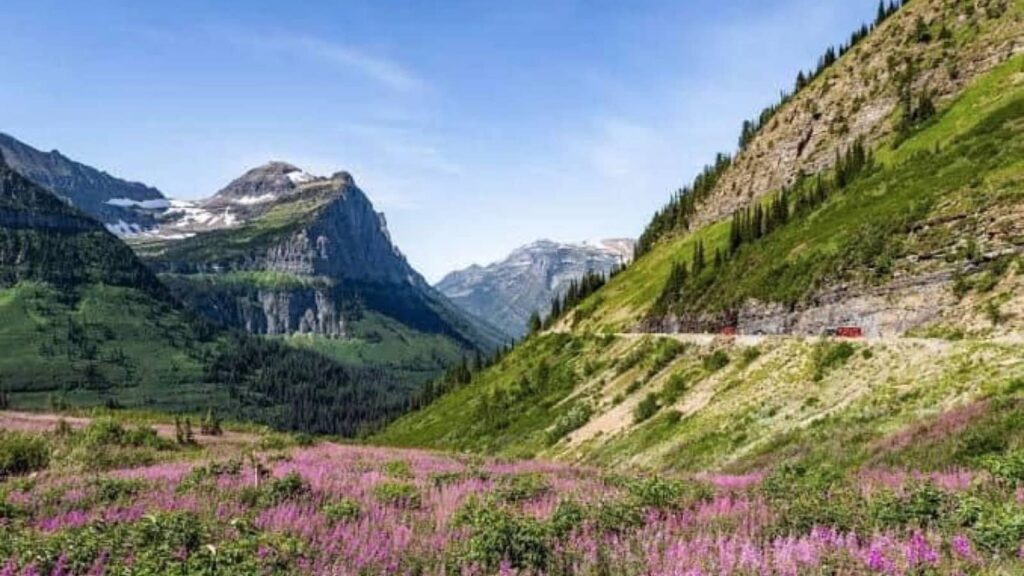
16 Mistakes To Avoid On A Usa Road Trip
12 Common Mistakes Visitors Make In Yellowstone National Park
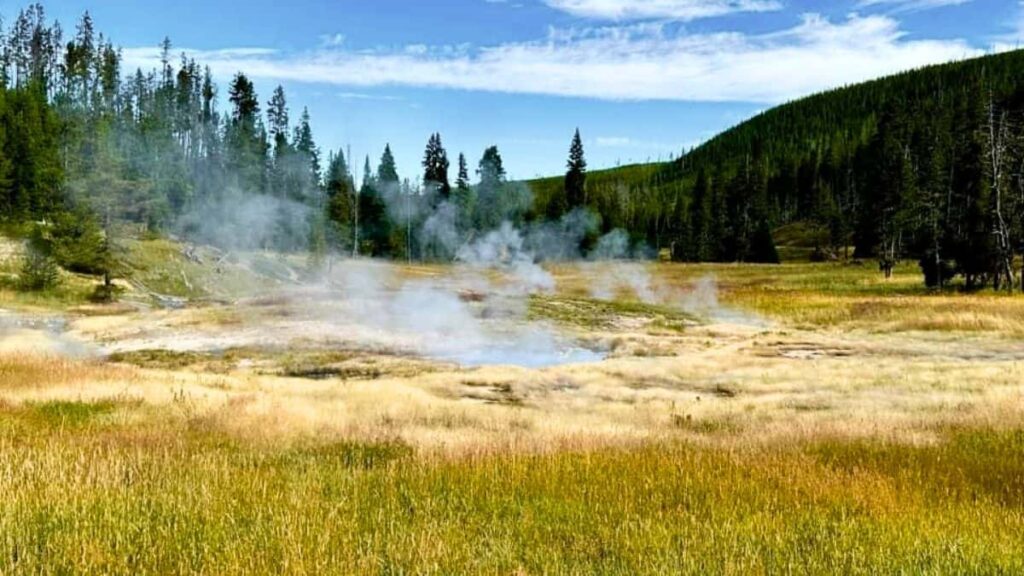
12 Common Mistakes Visitors Make In Yellowstone National Park
We are Mary and Eric, the founders of Be Right Back, a blog dedicated to romance around the globe and at home.
We are Mary and Eric, the founders of Be Right Back, a blog dedicated to romance around the globe and at home. With over 10 years of experience in dating and traveling to romantic places, we share our favorite date ideas and romantic destinations to help couples level up their relationships. Having lived in and traveled through the USA, we also share our favourite things to do in the States.
With 70,000 monthly readers and 16,000 followers on social media, Be Right Back is your go-to resource for romantic trip ideas and couple activities at home and abroad.
